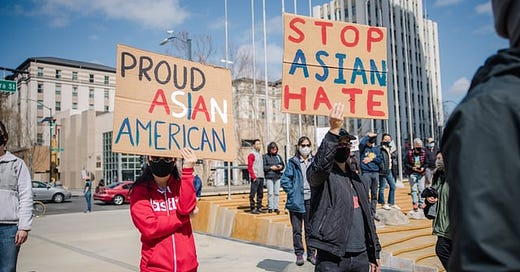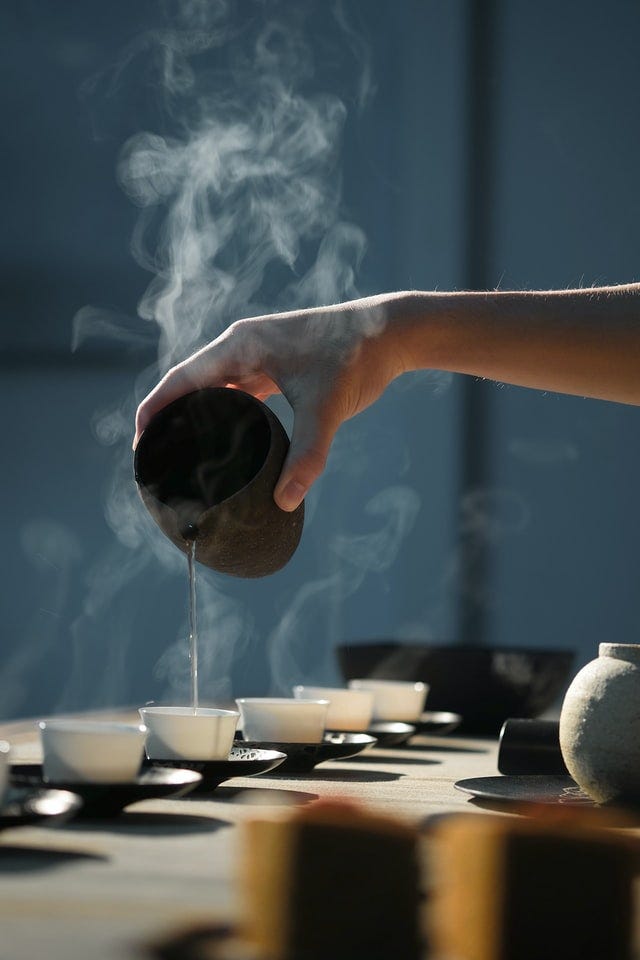Conservatism and the Pan-Asian Identity
Why Asian-Americans often identify as "Asian" rather than with a specific culture
A while ago, a friend of mine (who is Indian by ethnicity, although born and raised in the United States) raised an interesting question: why do Asian-Americans, especially those of East Asian descent, often describe themselves as Asian rather than Korean/Japanese/Chinese? It seemed a good question at the time, but I didn’t have a good answer.
Now I do. In general, I’m enough of a believer in Malinowski’s functionalism, that I regard any new social phenomenon as springing from the innate need of some individuals or group. Malinowski’s Argonauts did not sail across vast expanses of the Pacific for symbolic purposes only: the trinkets they received conveyed power.
Hence it is the same with Asian-Americans. I am a person of Asian ancestry, so this is of personal interest. I regard American pan-Asianism as an organic attempt to reconcile two conflicting forces:
Asian-American parents are strict, often paternalistic, and insist on retention of traditional practices
These practices are often at conflict with the American conservatism they support
So far, so blah. American conservatism insists on a fairly homogenous vision of America — in contrast to Pierre Trudeau’s declaration that there’s “no such thing”1 as an all-Canadian boy or girl, American conservatives believe in the melting pot — that immigrants, in integrating into mainstream culture, will give up some of their own culture and contribute some of it toward the American whole. For immigrant Asian parents, this is no problem: they had grown up in Asia, they won’t feel unanchored no matter how much they wish to integrate. But for their children, the story is different.
For growing up in America, in addition to the litany of ordinary racism, they must encounter the reality that their own culture is cosmetic within the American context. For American conservatives, Korean-American culture is merely the garnish: the real meat of the culture is the culture of their European forebears. Regardless of whether you’re Japanese-American or Vietnamese-American, your national culture is subordinate — the real story of America is one whose narratives exist above and beyond you.
So we come to pan-Asianism. By establishing a new pillar of American identity — similar to Afro-American identity or Hispanic-American identity — pan-Asian American identity allows Asian-Americans to identify themselves with the foundation of the country in the same way black or white or brown Americans do now. They built the railroads that linked coast with coast. They founded America, too.





